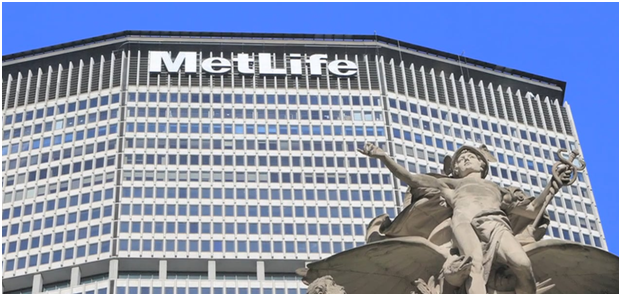Metlife just reported its Q1 earnings recently, and it suffered
another loss due to derivative hedging this time again. Interestingly,
interest rates did not move that much since the previous quarter.
Operating profit beat analyst expectations, but included after-tax net losses of $602 million related to its derivatives portfolio in the first quarter. The prior quarter included $3.2 billion worth of such losses.
As written previously, derivative accounting was to blame for Metlife marked-to-market loss. We hear the same argument this time again, as reported by Suzanne Barlyn
Kandarian cited several factors in response: a rising U.S. stock market, a decline in 10-year Treasury note prices, higher rates for hedges, accounting standards that treat MetLife’s positions unfavorably, plus general “ineffectiveness” all hurt the company, he said.

The “ineffectiveness” alone cost MetLife $139 million, Chief Financial Officer John Hele said. Two-thirds of the losses were “non-economic,” meaning they reflect accounting standards regarding how assets and liabilities are valued, rather than the underlying health of the business, MetLife said.
MetLife’s painful derivatives positions are largely a result of positions it put in place to ensure Brighthouse would be financially strong from a capital perspective, and the spinoff would go smoothly. The company is awaiting regulatory approvals for the spinoff, which are unlikely to happen within the first half of the year, Kandarian said. Read more
But the question is: why are other insurers, who also practice hedge accounting, not suffering losses of this magnitude?
ByMarketNews
Operating profit beat analyst expectations, but included after-tax net losses of $602 million related to its derivatives portfolio in the first quarter. The prior quarter included $3.2 billion worth of such losses.
As written previously, derivative accounting was to blame for Metlife marked-to-market loss. We hear the same argument this time again, as reported by Suzanne Barlyn
Kandarian cited several factors in response: a rising U.S. stock market, a decline in 10-year Treasury note prices, higher rates for hedges, accounting standards that treat MetLife’s positions unfavorably, plus general “ineffectiveness” all hurt the company, he said.

The “ineffectiveness” alone cost MetLife $139 million, Chief Financial Officer John Hele said. Two-thirds of the losses were “non-economic,” meaning they reflect accounting standards regarding how assets and liabilities are valued, rather than the underlying health of the business, MetLife said.
MetLife’s painful derivatives positions are largely a result of positions it put in place to ensure Brighthouse would be financially strong from a capital perspective, and the spinoff would go smoothly. The company is awaiting regulatory approvals for the spinoff, which are unlikely to happen within the first half of the year, Kandarian said. Read more
But the question is: why are other insurers, who also practice hedge accounting, not suffering losses of this magnitude?
ByMarketNews

No comments:
Post a Comment